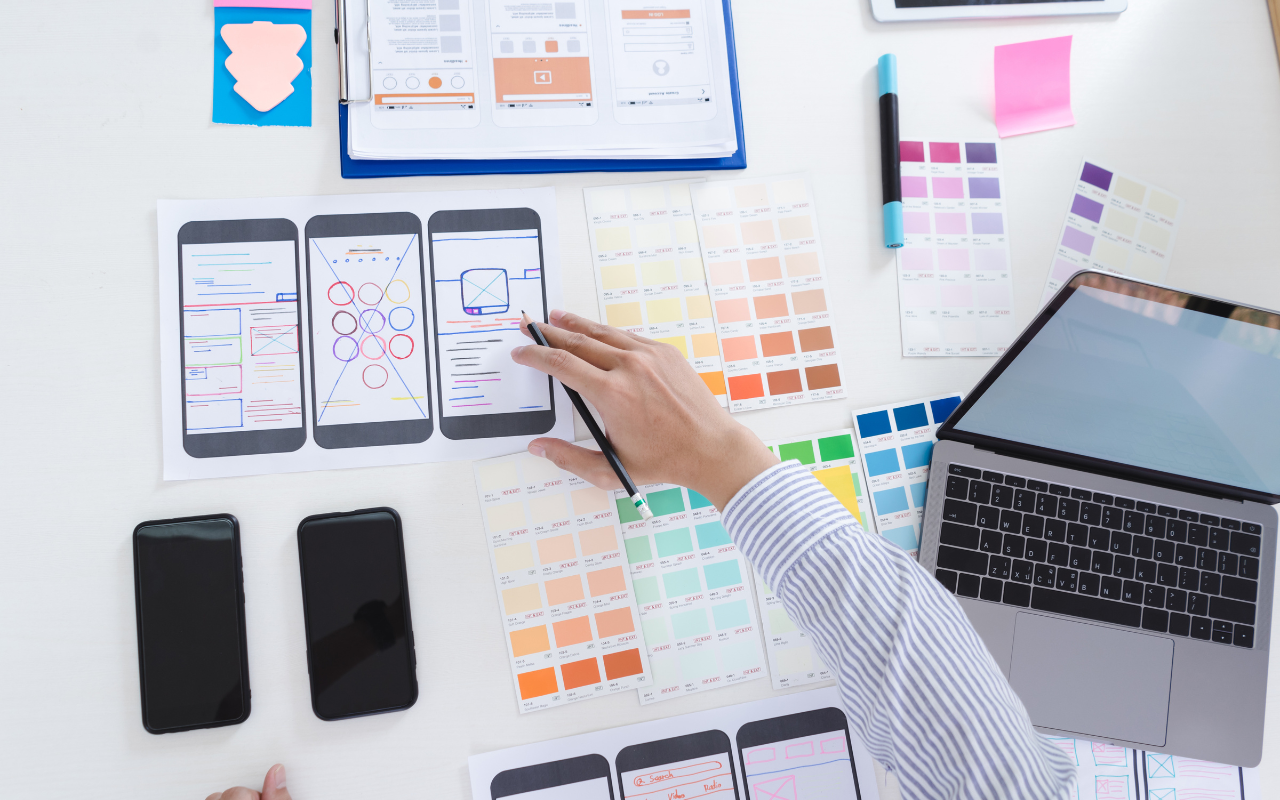Introduction:
In the digital age, where user attention is a prized commodity, the significance of UI/UX design cannot be overstated. User Interface (UI) and User Experience (UX) design are the linchpins of creating digital products and platforms that not only look stunning but also provide intuitive and enjoyable experiences. Join us on a journey through the intricacies of UI/UX design, where art meets science in the pursuit of user satisfaction.
Defining UI and UX: The Dynamic Duo
UI and UX may sound like tech buzzwords, but their roles are distinct yet intertwined. UI design focuses on the aesthetics—the look and feel of a product. On the other hand, UX design is all about the user experience—ensuring that the interaction with the product is seamless, intuitive, and delightful. Together, they form a powerful partnership that shapes the digital landscapes we navigate daily.
Putting Users First: The Core Tenet of UX Design
At the heart of UX design is empathy for the end user. Understanding their needs, preferences, and pain points is paramount. Conduct user research, create user personas, and map out user journeys to gain insights into their behaviors. A user-centric approach ensures that your product not only meets expectations but exceeds them, fostering long-term satisfaction and loyalty.
The Aesthetics of UI: Balancing Form and Function
UI design is the visual storyteller, creating the look and atmosphere of a digital space. Striking the right balance between aesthetics and functionality is crucial. Clean layouts, consistent color schemes, intuitive navigation, and visually appealing elements contribute to a user-friendly interface. A well-designed UI enhances the overall user experience and reinforces brand identity.
Wireframing and Prototyping: Blueprinting Success
Before diving into the final design, UI/UX designers often employ wireframing and prototyping to outline the structure and flow of the product. Wireframes serve as blueprints, defining the skeletal framework, while prototypes bring designs to life for testing and validation. These tools allow for iteration and refinement, ensuring the end product aligns perfectly with user expectations.
Responsive Design: Adapting to Every Screen
Responsive design is essential in a world where multiple devices—from smartphones to desktops—dominate. UI/UX designers must create interfaces that adapt seamlessly to different screen sizes and resolutions. Ensuring a consistent and enjoyable experience across platforms not only satisfies users but also positively impacts search engine rankings.
Usability Testing: The Litmus Test for Success
No UI/UX design is complete without rigorous usability testing. Evaluate your design with real users to identify pain points, gather feedback, and make informed refinements. Usability testing is the litmus test for the success of your design, providing valuable insights that can shape the final iteration and guarantee a positive user experience.
Conclusion:
In the ever-evolving digital landscape, UI/UX design stands as a testament to the fusion of creativity and functionality. By prioritizing user needs, creating visually appealing interfaces, employing wireframing and prototyping, embracing responsive design, and conducting usability testing, UI/UX designers pave the way for seamless, enjoyable digital experiences. As technology advances, the art and science of UI/UX design will continue to shape the way we interact with and appreciate the digital world around us.



